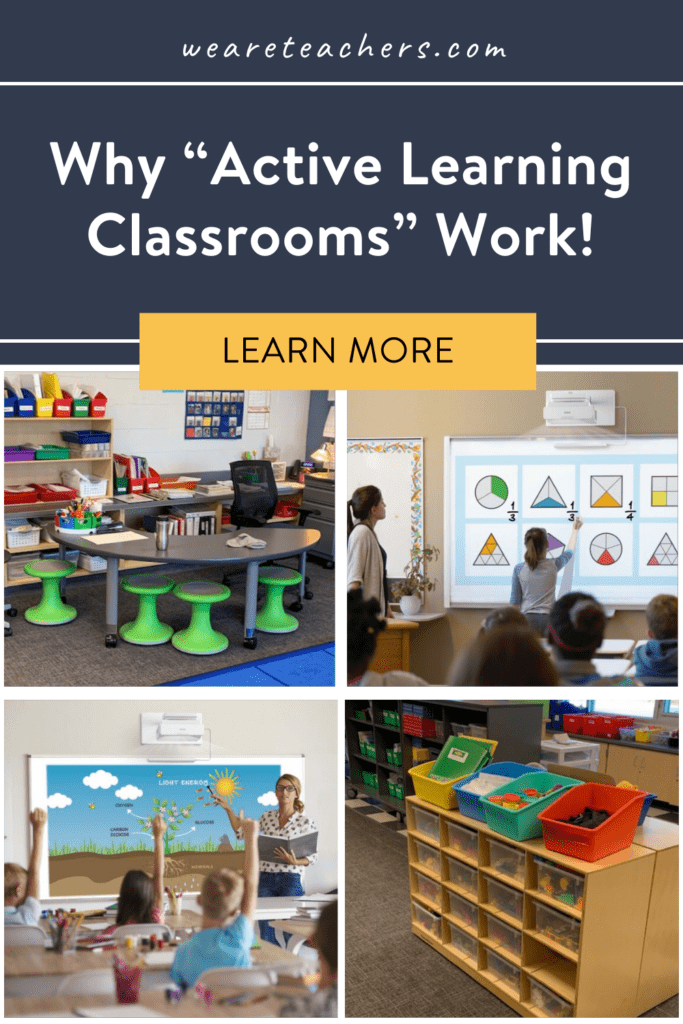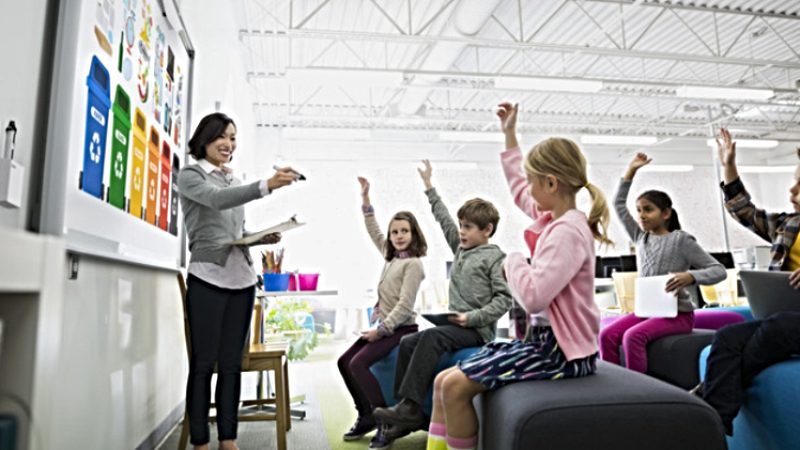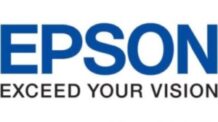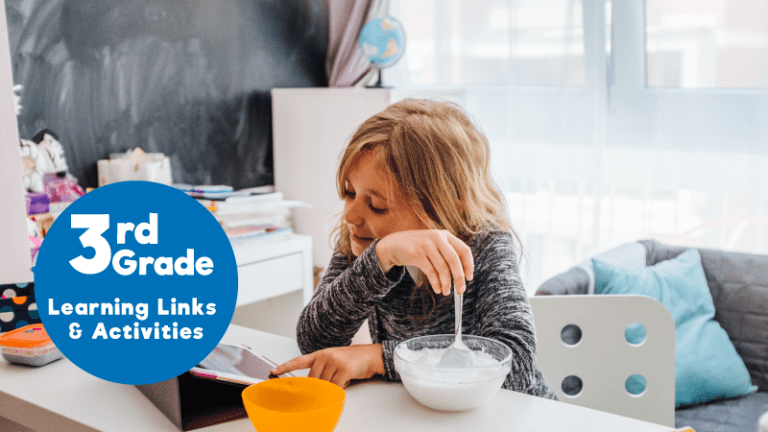Classrooms are such important spaces in the everyday lives of our children. How we set them up can help foster the learning that takes place there and really sets the tone for their whole experience. Many schools are turning to Active Learning Classrooms to reconfigure their spaces and use technology to help engage students in learning. We talked with two school leaders who’ve tried it to get their honest reviews.
But first, what are Active Learning Classrooms?
Active Learning Classrooms are student-centered, technology-rich classrooms that feature flexible seating options and workspaces which encourage collaboration and peer interaction. And while it may just sound like another buzzword, this type of environment is exactly what our students need right now. Many of us don’t want to give up the tech tools we used during remote learning. At the same time, we need spaces that foster collaboration, connection, and teamwork—the things we really missed while we were on Zoom.
How do we find the balance?
Last month, Remi Del Mar, senior product manager for Epson America, hosted a live event with two school leaders who have ditched the traditional, teacher-centered, lecture-based model and transformed their physical environments into immersive, technology-rich spaces that encourage exploration and discovery.
Read on to learn more from Mark Hess, principal of Mary Helen Guest Elementary School in Walled Lake, Michigan, and Chad Lewis, Director of Technology for Tampa Preparatory School in Tampa, Florida.
Q: How did you come to the decision to create Active Learning Classrooms in your schools?
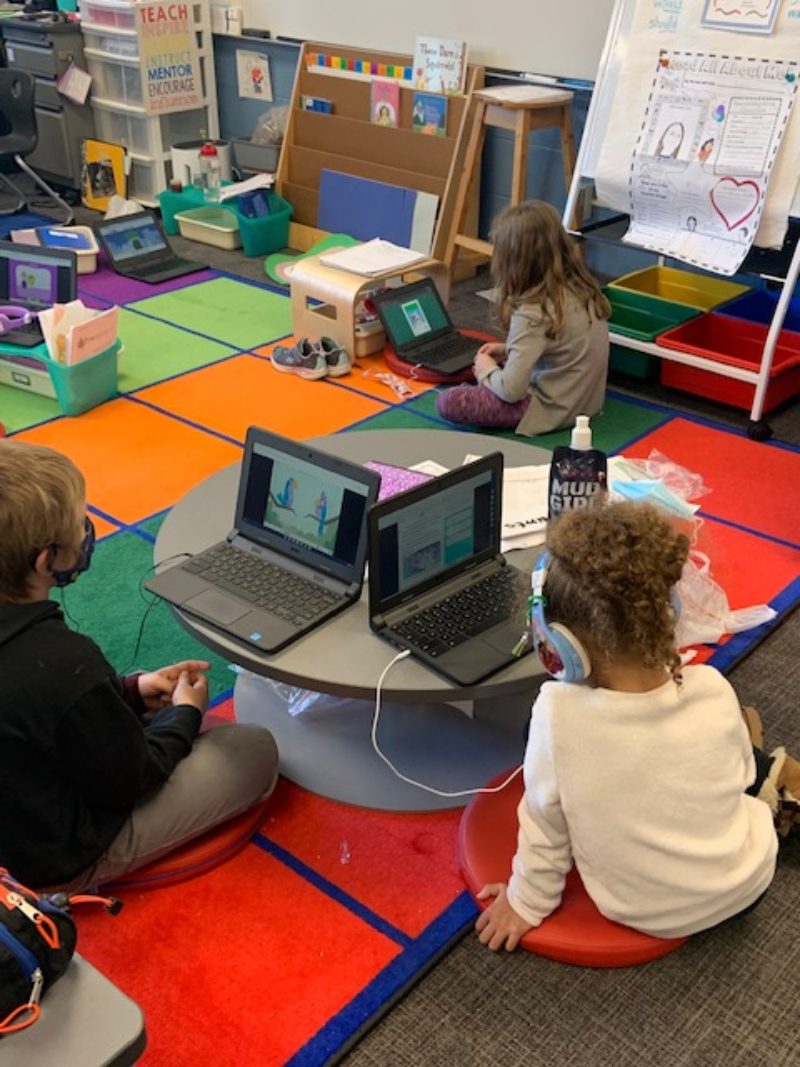
Chad: In the past few years, there has been a change in pedagogy. Teaching is more interactive, with students taking on more responsibility for their own learning. Our environment was holding us back. We needed to move from a teacher-centric model to a student-centric, collaborative environment. Which meant we needed to change the physical environment.
Mark: I truly believe the most important part of the engagement process is the learning environment that the teacher sets. And part of that is the physical environment, the furniture, and the technology that help students collaborate and interact with the content.
Q: What was the first step in the process?
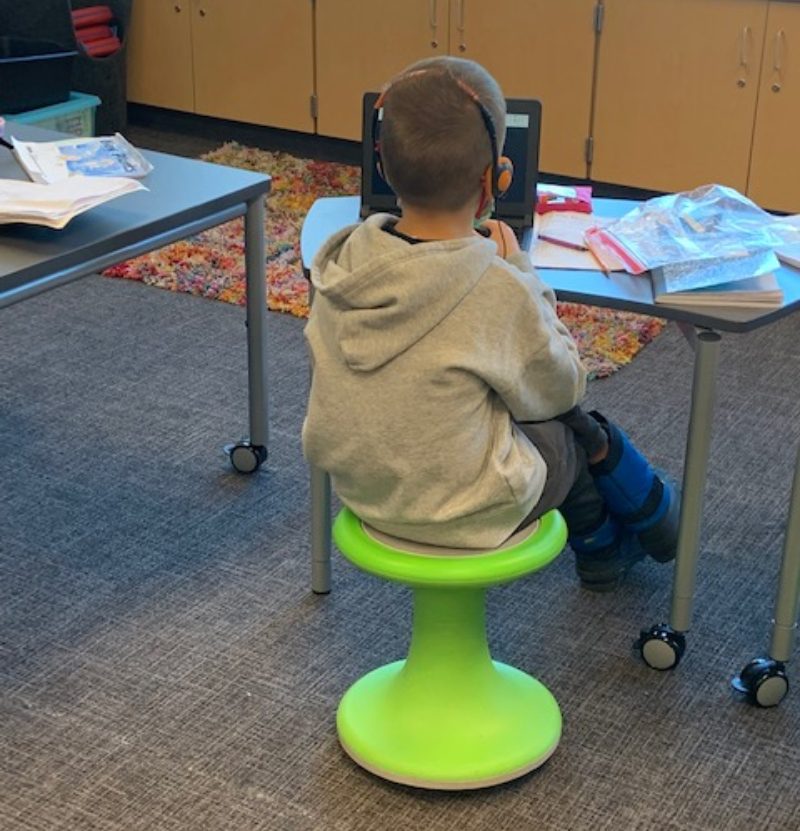
Chad: We asked our teachers what an Active Learning Classroom would look like. Not the technology or the things, but how it would feel. Some of the words that came up were flexible, interactive, engaged, comfortable, and collaborative. These responses helped us design the rooms.
Mark: The most important thing is mindset. What do we really want to accomplish? How can we take the curriculum and make it come alive so our teachers and students can really interact and engage with content? We conducted teacher, student, parent, and community surveys. From there, we designed the physical environment that would facilitate a collaborative, interactive environment.
Q: What changes did you make to your physical spaces?
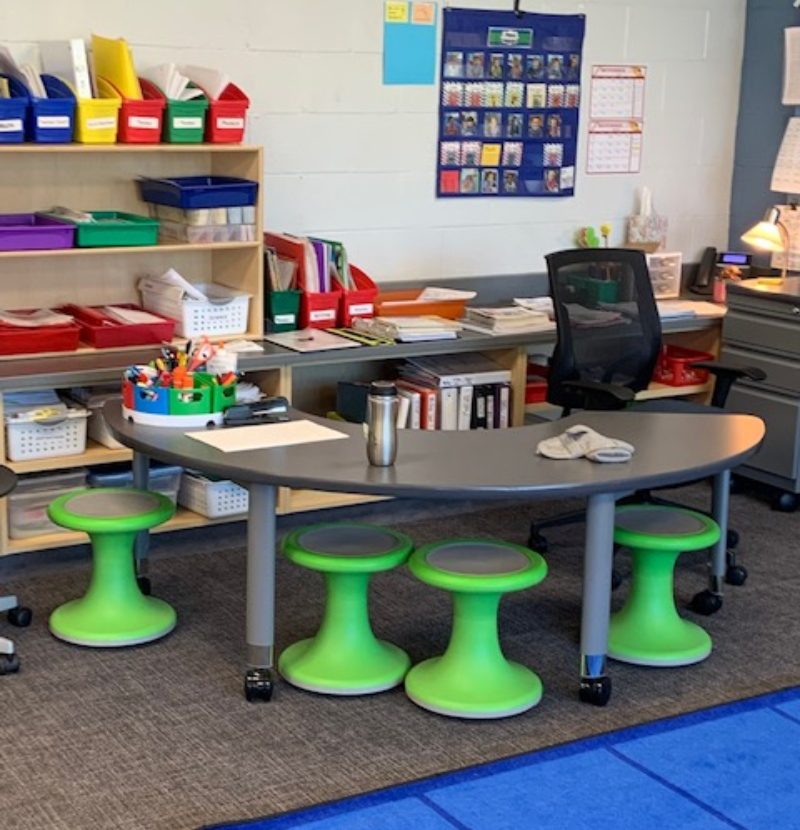
Mark: Thanks to a $300 million bond, we were fortunate enough to do a complete renovation. Our school was stripped down to the bare bones and built back up. We introduced flexible seating, adjustable height tables and chairs, and mobile interactive furniture on wheels that is easily adapted to different learning environments.
Chad: In addition to flexible workspaces, one of the coolest features in our school is that all of our rooms have Walltalker dry erase surfaces on all the walls. These make the entire room enabled to be projected or written on digitally or physically. They make every space in the classroom usable and transformable.
Q: Tell us about some of the technologies you’ve incorporated in your learning environment.

Mark: Every single learning space in our building (not just classrooms) has Epson Short Throw interactive, touch-enabled projectors and high definition doc cams. In addition, our renovation included new cabling and HDMI, strong network, upgraded servers, and wireless access points in every classroom throughout.
Chad: Our middle and high school classrooms have Epson Brightlink projectors, Apple TVs, voice amplification systems, and a touch panel that eliminates the need for a bunch of remotes. We’ve also started using Epson Light Scene projectors to do 3D mapping.
In addition, we have a 1485 projector in the hallway, which projects a 10-foot wide image onto the wall. When our admissions team shows a guest through, they can touch on a map of the campus or show a video. It’s really neat because traditional signage has been the same concept for many years: something to look at. But now, we have something people can engage with.
Q: How have these changes affected the flow in the classrooms?
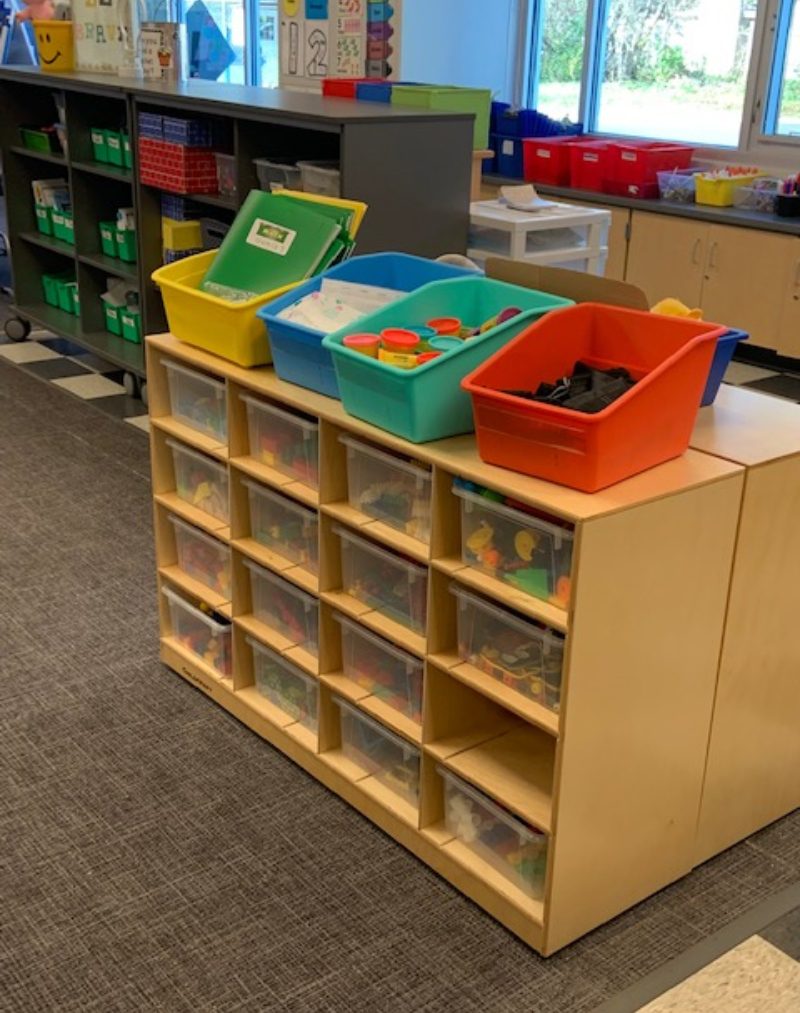
Mark: I see the focus is on learning and discovery and less on the teacher delivering and students being recipients of content. There is a more active flow, with more sharing and students working together. I also see teachers feeling more at ease, more comfortable. They are allowing themselves to be an active part of the learning process, rather than having the pressure of being up at the board all the time.
Chad: The biggest benefit I’ve seen is I can walk by the same classroom 2 or 3 times a day and see a completely different arrangement of what’s going on. In the morning, the teacher may be lecturing. Then ten minutes later, a group of kids work together at one projector while a different group is at another. I see the teachers walking around, the kids projecting, working together.
Q: What would you say is the best advantage of an Active Learning Classroom?
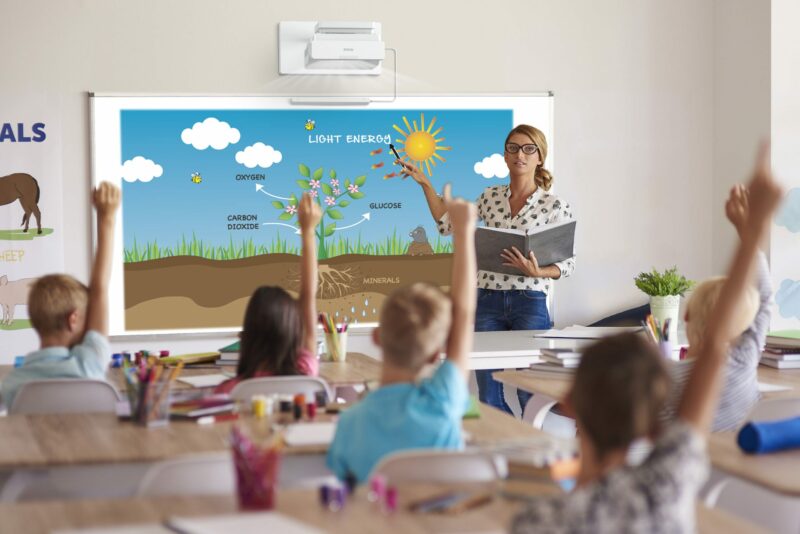
Chad: Our school is an amalgamation of flexible, unfettered, very fluid environments. There is no front or back in our classrooms—it is literally one learning space. This contributes greatly to the whole concept of equity in the classroom. All students have access to learning, working together, and sharing.
Mark: I must emphasize that it’s not just the physical environment that makes a difference; it’s the attitude that comes with it. It’s everyone in the building working together for this. The environment is safe, it’s positive, motivating, inspirational, and student-centered. Having furniture and technology is great, and it certainly drives this, but it’s not the only thing that matters. It’s the attitude and meeting the needs of every child every day.
Click here to view the full conversation.
We’d love to hear—would active learning classrooms work in your school? Why or why not? Please share in the comments.
